4. Allegory of Sculpture, 1899
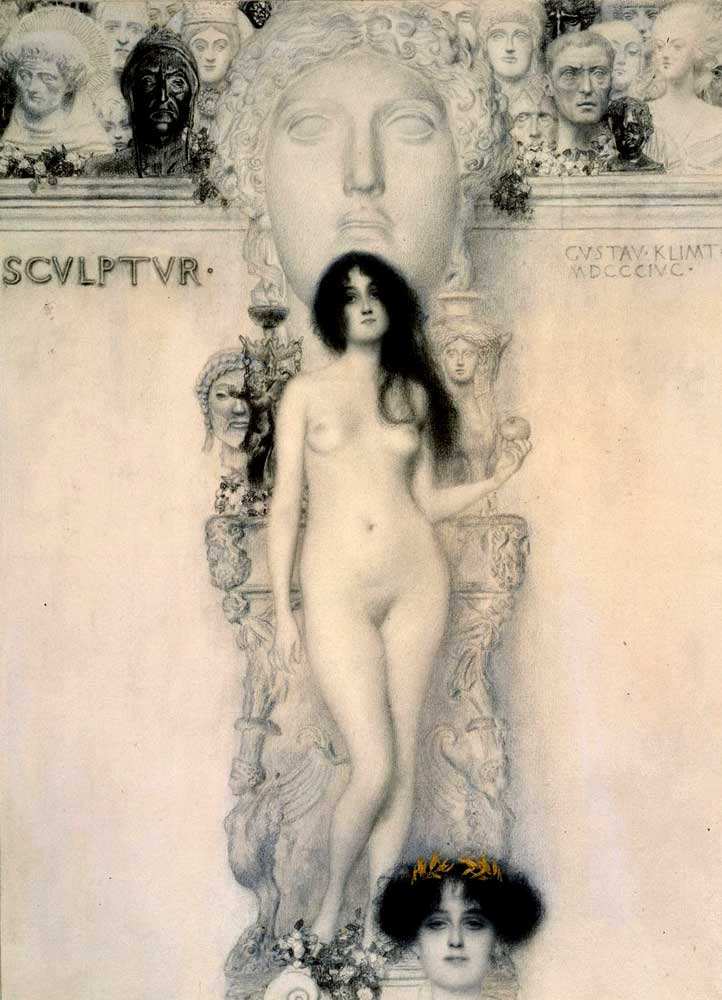
Klimt was formed as a painter in the classical tradition. As an artist with an academic education, Klimt had been chosen by the wealthy liberal bourgeoisie as the decorator of their prestigious buildings. Thus, after graduating from primary and secondary school, Gustav was admitted to the School of Arts and Crafts of the Imperial Royal Museum of Art and Industry (the University of Applied Arts in Vienna) in 1876 at the age of 14.
By 1896, Klimt already began painting the human body in a more unconventional and individual manner. For example, an interesting discrepancy exists between the previous study for the Allegory of Sculpture and the fully realized painting. In the study, the wild and loose hair that would later characterize Klimt’s style is already visible, and there are traces of a more detailed depiction of pubic hair. The woman is looking directly at the viewer and strikes a provocative pose as if she was caught naked in her bedroom. The painting, on the contrary, shows a traditional figure again, with her pose being classically sculpture-like, her hair is braided, and the pubic hair is gone.
Paintings for the University of Vienna, 1898-1900
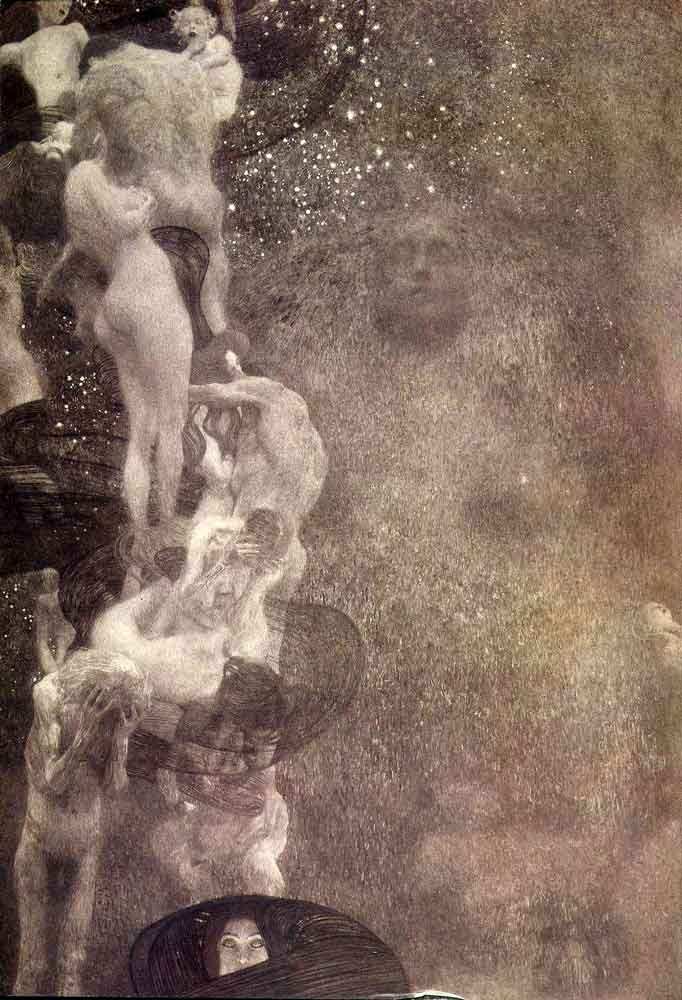
In 1894, together with Franz Matsch, Klimt received a commission for a series of paintings for the University of Vienna’s Great Hall. Klimt’s part of the commission included three paintings, Philosophy, Medicine, and Jurisprudence, representing the different faculties. When they were presented to the public, they all brought negative criticism to Klimt. Unfortunately, the paintings were deliberately destroyed by SS troops in the Second World War.
Philosophy disturbed the critics with its depiction of men and women drifting in a trance. Though rejected in Vienna, it won the gold medal on its first showing in Paris at the World Fair in 1900.
The first appearance of the unfinished Medicine in the following year caused even greater controversy. It is difficult to discern precisely what Klimt meant to say about medicine in this painting. The mass of human bodies and elderly figures point to human suffering, but our primary focus is on the two female figures at the bottom and top left. The traditional symbol of the serpent suggests that the woman at the bottom is the personification of Medicine. The naked woman on the left draws us into her groin as she opens her arms in a parody of crucifixion.
Jurisprudence, seen as a pornographic piece at the time, shows three women under the water in a sea world with long hair that flows beneath their shoulders. The painting is filled with dark emotion through every turn with the artwork, especially with the octopus seizing the male in the foreground, leaving the women to be frightened.
10. Gustav Klimt, The Tree of Life, 1909
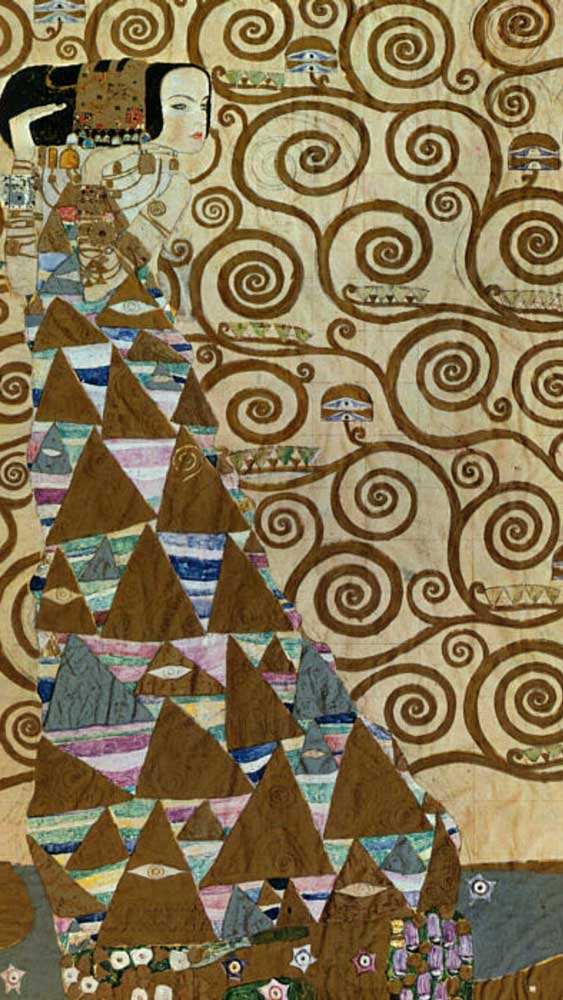
In 1905, on the outskirts of Brussels, the Belgian financier Adolphe Stoclet commissioned Klimt to design a magnificent mosaic for the dining room of the so-called Palais Stoclet. The richly decorated mosaic relates to the Byzantine style of paintings such as The Kiss and the Portrait of Adele Bloch-Bauer. Today, the Palais Stoclet, still owned by the Stoclet family, is deservedly part of the list of UNESCO World Heritage sites.
Part of the Stoclet Frieze, finished in 1911, is one of Gustav Klimt’s best-known artworks, The Tree of Life. The tree is the dominant motif of the two sides of the rectangular dining room. The Tree of Life has golden, spiral-shaped branches which fill the majority of the picture plane. The rest is taken by blossoms, butterflies, and birds. The single standing figure is entitled Expectation, and it corresponds to the depiction of an embracing couple on the right titled Embrace.
Style and recurring themes
Klimt’s work is distinguished by the elegant gold or colored decoration, often of a phallic shape that conceals the more erotic positions of the drawings upon which many of his paintings are based. This can be seen in Judith I (1901), and in The Kiss (1907–1908), and especially in Danaë (1907). One of the most common themes Klimt utilized was that of the dominant woman, the femme fatale.
Art historians note an eclectic range of influences contributing to Klimt’s distinct style, including Egyptian, Minoan, Classical Greek, and Byzantine inspirations. Klimt was also inspired by the engravings of Albrecht Dürer, late medieval European painting, and Japanese Ukiyo-e. His mature works are characterized by a rejection of earlier naturalistic styles, and make use of symbols or symbolic elements to convey psychological ideas and emphasize the «freedom» of art from traditional culture.
Credits
New World Encyclopedia writers and editors rewrote and completed the Wikipedia article
in accordance with New World Encyclopedia standards. This article abides by terms of the Creative Commons CC-by-sa 3.0 License (CC-by-sa), which may be used and disseminated with proper attribution. Credit is due under the terms of this license that can reference both the New World Encyclopedia contributors and the selfless volunteer contributors of the Wikimedia Foundation. To cite this article click here for a list of acceptable citing formats.The history of earlier contributions by wikipedians is accessible to researchers here:
Gustav Klimt history
The history of this article since it was imported to New World Encyclopedia:
History of «Gustav Klimt»
Note: Some restrictions may apply to use of individual images which are separately licensed.
Notes
- Gottfried Fleidel, Gustav Klimt 1862-1918 (The World in Female Form) (Benedikt Taschen, 1994), 14.
- Fleidel, 230.
- Stephan Koja (ed.), Gustav Klimt Landscapes (Germany: Prestel Verlag, 2002), 27.
- Anselm Wagner, «Klimt’s Landscapes and the Telescope,» in Gustav Klimt Landscapes (Prestel, 2002), 161-171.
- ↑ Eileen Kinsella, «Gold Rush» Artnews, January 1, 2007. Retrieved September 21, 2016.
- ‘Record price’ for Klimt portrait BBC News, June 19, 2006. Retrieved September 21, 2016.
- Christopher Michaud, Christie’s stages record art sale, Reuter’s, November 9, 2006. Retrieved September 21, 2016.
- Lunk Burbank, Austria to return paintings to Jewish heir, National Public Radio, January 17, 2006. Retrieved September 21, 2016.
Картины природы в музыке | Музыкальная Фантазия
Картины природы в музыке
- Звуки природы, как источник вдохновения творчества композиторов (на примере прелюдий «Паруса», «Ветер на равнине» К. Дебюсси).
- Знакомство с жанром прелюдии.
Музыкальный материал:
- К. Дебюсси. Прелюдии «Ветер на равнине», «Паруса»
- Звуки природы: «Дождь в лесу», «Концерт рано утром», «Плеск воды».
Характеристика деятельности:
- Наблюдать за звучанием природы; различать настроения и чувства, выраженные в музыке.
- Выражать эмоциональное отношение к музыкальному образу в пластическом движении.
Трудно назвать композитора, который не отразил бы в музыке своё восхищение образами природы. Шум дождя, птичье пение, переливы искрящихся на солнце водных струй… Все эти звуки природы вдохновляли композиторов к созданию музыкальных произведений.
Послушай, музыка вокруг…Она во всём – в самой природе.И для бесчисленных мелодийОна сама рождает звук.
Ей служат ветер, плеск волны,Раскаты грома, звук капели,Птиц несмолкаемые трелиСреди зелёной тишины.
И дятла дробь, и поездов гудки,Чуть слышные в дремоте,И ливень — песенкой без словВсё на одной весёлой ноте…
(М. Ивенсен)
Музыка часто вызывает в нашем воображении разные картины природы. Природа и искусство неразделимы одно от другого, потому что природа с детства и навсегда входит в жизнь каждого человека.
Если вчитываясь в книги, вглядываясь в картины, вслушиваясь в музыку, мы будем обращать внимание в них на всё, что связано с природой, мы, может быть, даже удивимся тому, как часто и глубоко проникает природа в искусство, как тесно они связаны друг с другом. Вот почему у любого человека любовь к искусству и любовь к природе – очень близкие и родственные чувства. У Э
Успенского есть стихотворение, которое поможет разобраться в жанрах живописи
У Э. Успенского есть стихотворение, которое поможет разобраться в жанрах живописи.
Если видишь на картине нарисована река,Или ель и белый иней, или сад и облака,Или снежная лавина, или поле и шалаш,Обязательно картина называется – ПЕЙЗАЖ.
Если видишь на картине чашку кофе на столе,Или морс в большом графине, или розу в хрустале,Или бронзовую воду, или грушу, или торт,Или все предметы сразу, знай, что это – НАТЮРМОРТ.
Если видишь, что с картины смотрит кто-нибудь на нас,Или принц в плаще старинном,Или Колька, твой сосед,Обязательно картина называется – ПОРТРЕТ.
Музыканты, художники и поэты всегда стремились передать удивительную красоту мира в своих произведениях. На полотнах художников природа никогда не выглядит мёртвой и молчаливой. Вглядываясь в живописный пейзаж, мы обязательно услышим навеянные живой природой звуки.
Творчество Клода Дебюсси – великого французского композитора, дирижёра, пианиста – одно из самых ярких страниц истории французской музыки. Клод Дебюсси был выдающимся мастером звуковой живописи. Глубокое воздействие на композитора оказывала не только музыка, но и живопись, поэзия.
В поисках новых средств музыкальной выразительности Клод Дебюсси сделал много открытий в области гармонии. С помощью новых необычных приёмов композитор передаёт тонкие состояния природы – игру света и тени, солнечные блики, плеск водяных струй.
Слушание прелюдии К. Дебюсси «Ветер на равнине».
Слово «прелюдия» на латинском языке означает «вступление». Прелюдиями иногда называют небольшие инструментальные произведения. Например, прелюдия для фортепиано.
Используя музыкальную палитру, композиторы передают игру света и тени, сверкание солнечных бликов, радужное сиянье водяных струй и чистую прозрачность голубого неба. Каждый человек в душе – художник. Красота жизни, дотронувшись до человеческой души, рождает в ней мелодию.
Слушание прелюдии К. Дебюсси «Паруса».
Вопросы и задания:
- Послушайте прелюдию К. Дебюсси «Ветер на равнине». Выберите из словосочетаний те, которые наиболее точно передают характер музыки:
злой ветер – лёгкий ветерок;шелест ветра – свист ветра;ветер ревёт – ветер играет.
- Какие впечатления вызывают у вас после прослушивания прелюдии К. Дебюсси «Паруса» Каким предстаёт образ моря? В ответе можно использовать слова композитора, встречающиеся в нотах: «очень нежно», «очень мягко», «очень легко».
Презентация
В комплекте:1. Презентация, ppsx;2. Звуки музыки: Дебюсси. Прелюдия Ветер на равнине, mp3; Дебюсси. Прелюдия Паруса, mp3; Концерт рано утром, mp3; Плеск воды, mp3; Дождь в лесу, mp3;3. Сопровождающая статья, docx.
Our paintings are 100% handmade by an experienced artist
Each painting is custom made and won’t ship until it meets the highest degree of quality control
Experienced Artists
All our artists have at least 15 years of experience. We only hire
qualified artists with advanced degrees in Fine Arts who have completed a dissertation in
European or American art.
Highest Quality Materials
We only use the highest quality oil paint and finest available
canvas. We insist on sourcing our materials from brands that have been in business for at least
a century or more.
Quality Control
Our most senior artists, those who have at least 25 years
experience, carefully examine each and every painting that comes out of our studio. No order is
shipped before it meets our standards, which are the highest in the industry.
Always Hand Painted
Some companies claim to be selling handmade paintings when in fact
they use printing presses and screening methods to speed-up the reproduction process and lower
costs. We’ve been selling genuine handmade online since 2003!
Experienced Artists
All our artists have at least 15 years of experience. We only hire
qualified artists with advanced degrees in Fine Arts who have completed a dissertation in
European or American art.
Highest Quality Materials
We only use the highest quality oil paint and finest available
canvas. We insist on sourcing our materials from brands that have been in business for at least
a century or more.
Quality Control
Our most senior artists, those who have at least 25 years
experience, carefully examine each and every painting that comes out of our studio. No order is
shipped before it meets our standards, which are the highest in the industry.
Always Hand Painted
Some companies claim to be selling handmade paintings when in fact
they use printing presses and screening methods to speed-up the reproduction process and lower
costs. We’ve been selling genuine handmade online since 2003!
Finest quality stretching, gallery wrap or framing

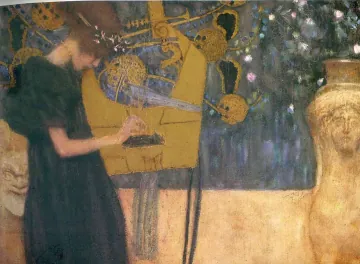
Purchasing without a frame (unstreched canvas)
When purchasing a painting on its own, it will arrive rolled
inside a secure tube with an extra 1.5″ of white canvas on all sides so you can easily frame it
in any local frame shop.
Purchasing a frame
You may choose to purchase your painting framed, in which case, it
will arrive «ready to hang». We offer more than 20 beautiful models, all hand finished and
expertly assembled by our experienced framers.
Note that for safety reasons we can only frame up to a certain size.
Once the maximum size is reached the framing option is automatically disabled.
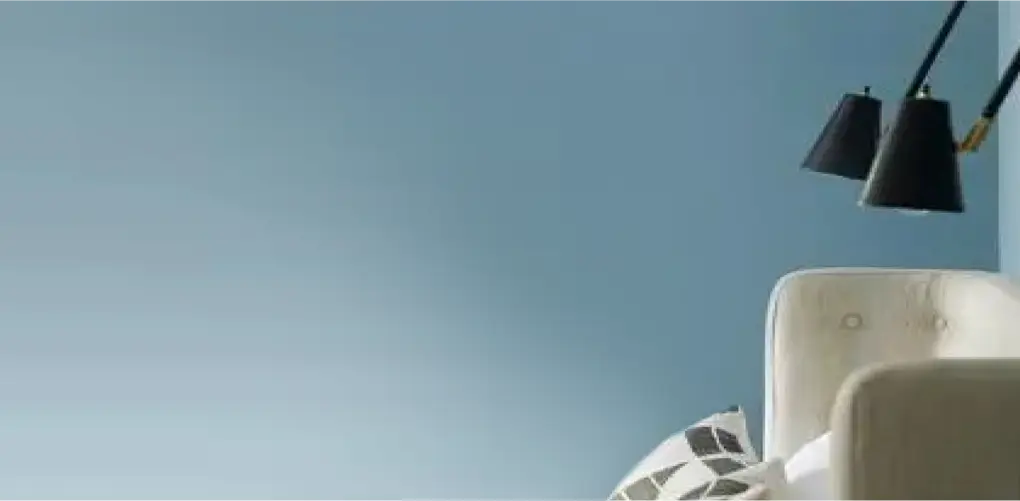
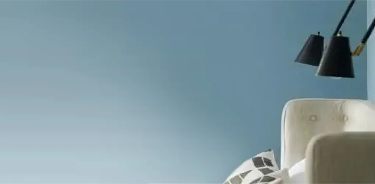
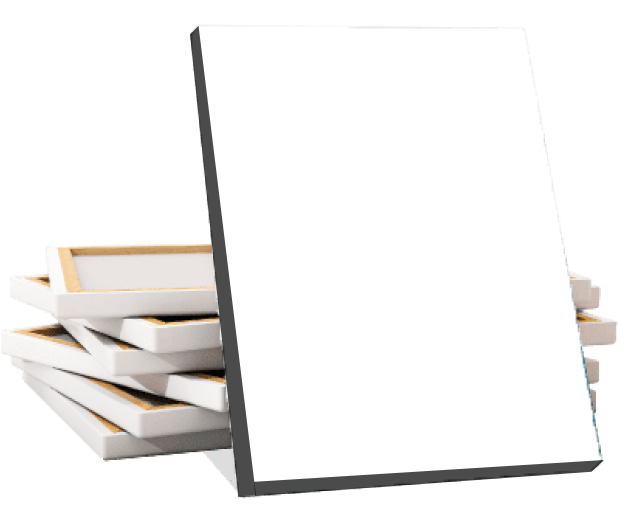
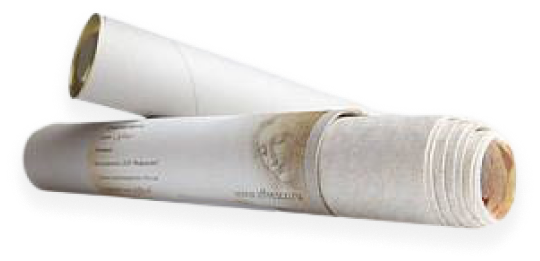
Purchasing a Stretching Service
If you are planning to frame your painting yourself, use an
existing frame, or frame it locally, you may choose to order your painting with a stretching
service, meaning that it will arrive mounted on wooden bars.
Purchasing a Gallery Wrap
If you’re considering not framing your painting at all, you may opt
for a Gallery Wrap. The term Gallery Wrap refers to the way the canvas is stretched, which is by
wrapping it around thick stretcher bars, about 1.5 inch thick, with the canvas being secured to
the back rather than the sides of those bars.
Door to door fully insured courier delivery

Unframed paintings are covered with a special protective film, are gently
rolled and then placed inside a strong specially designed tube.
Stretched, Gallery Wrapped and Framed paintings are covered with protective
bubble wrap, separated by foam board and then carefully put into the cardboard box.
Музыка Фотографии, картинки, изображения и сток-фотография без роялти
Вектор
Похожие изображения
Добавить в Лайкбокс
#48849348 — Group Of Pre School Children Taking Part In Music Lesson
Похожие изображения
Добавить в Лайкбокс
Вектор
Похожие изображения
Добавить в Лайкбокс
#45334052 — Closeup shot of young woman listening to music with mobile phone..
Похожие изображения
Добавить в Лайкбокс
#44772152 — Kid listen music at home. Hipster child with retro vintage radio
Похожие изображения
Добавить в Лайкбокс
Вектор
Похожие изображения
Добавить в Лайкбокс
Вектор
Похожие изображения
Добавить в Лайкбокс
Вектор
Похожие изображения
Добавить в Лайкбокс
Вектор
Похожие изображения
Добавить в Лайкбокс
Вектор
Похожие изображения
Добавить в Лайкбокс
#57510347 — Christmas decorations on music sheets with snow effect
Похожие изображения
Добавить в Лайкбокс
Вектор
Похожие изображения
Добавить в Лайкбокс
Вектор
Похожие изображения
Добавить в Лайкбокс
#36474519 — American Country music background with guitar and cowboy hat
Похожие изображения
Добавить в Лайкбокс
#43089688 — Crowd at concert
Похожие изображения
Добавить в Лайкбокс
#47935248 — Music sheets on wooden background
Похожие изображения
Добавить в Лайкбокс
#34897319 — Handwritten musical notes, shallow DOF
Похожие изображения
Добавить в Лайкбокс
#40823102 — Crowd at concert — retro style photo
Похожие изображения
Добавить в Лайкбокс
Вектор
Похожие изображения
Добавить в Лайкбокс
Вектор
Похожие изображения
Добавить в Лайкбокс
Вектор
Похожие изображения
Добавить в Лайкбокс
Вектор
Похожие изображения
Добавить в Лайкбокс
Вектор
Похожие изображения
Добавить в Лайкбокс
Вектор
Похожие изображения
Добавить в Лайкбокс
#41908783 — Child with music instruments. Musical education for kids. Colorful..
Похожие изображения
Добавить в Лайкбокс
#43638418 — Heart shaped hands at concert, loving the artist and the festival…
Похожие изображения
Добавить в Лайкбокс
#43133372 — Music, musical instruments and vintage tape recorders
Похожие изображения
Добавить в Лайкбокс
Вектор
Густав Климт «Музыка». Описание картины.
Кардинальное обновление живописи Климта состоялось в 1895, с уходом от псевдореализма, на смену которому пришли «видения». Также обычное использование в произведениях трехмерного пространства, уступило место плоскости. После композиции «Любовь», продемонстрировавшей эти изменения, появилась «Музыка I», картина, подтверждающая приверженность автора новому стилю.
Мода на античные сюжеты была характерной для времени, в котором работал Климт, и полотна его коллег изобиловали древнегреческой тематикой, создаваемой в романтическом ключе, но в его произведении нежность колорита более утонченная, т. к. построена на удачной игре мастерски подобранных тонов, а от работы веет гармонией и изяществом. Зритель попадает в мир настоящего таинства, благодаря «вкраплению» золотых пятен, – еще одно удачное авторское решение. Вызывает восхищение и достигнутая видимость объемности изображения, несмотря на плоскостной стиль картины.
Новые подходы, которые Климт начал использовать в своей живописи, все же не сказались на его почти незыблемом правиле: женщина, хоть она и «взята» из эпохи Древней Греции, буквально минуту назад «гуляла» венскими улицами, или только что блистала в светском обществе.
Раскрытие этого сюжета представляло для Климта двойной интерес, ведь его преданность живописи, пусть и фанатичная, не мешала убеждению, что музыкальному искусству тоже дана сила преобразить этот мир в лучшую сторону. Силы природы, аллегорически переданные через образы сфинкса и силена, скорее всего, играют роль символов, показывающих, что и они «бессильны» перед волшебной силой искусства.
«Музыка» 1895 г. Холст, масло. 37 x 44,5 см.Баварские государственные собрания картин, Мюнхен, Германия
Выставки
«Золотой период» Климта отмечен наибольшим количеством выставок художника по всей Европе, что свидетельствует о его значимости на арт-сцене того времени.
- В 1905 году Климт выставил пятнадцать работ в недавно открывшемся берлинском Сецессионе на ежегодной выставке Deutscher Künstlerbund и получил премию Villa Romana.
- В 1906 году художник отправился в Бельгию и Англию, а к концу года был назначен почетным членом Королевской баварской академии изящных искусств в Мюнхене.
- В 1908 году он выставлялся во Флоренции, затем в Праге и Дрездене.
- В 1909 году отправился в Мюнхен, Париж, Мадрид и Толедо.
- В 1910 году на IX Венецианском биеннале его работы были приняты с небывалым энтузиазмом.
- 1911 год — выставка в Риме (первая премия за картину «Смерть и жизнь»)
- 1912 год — снова Дрезден.
- 1913 год — Будапешт, Мюнхен и Мангейм
- В 1914 году Климт выставляется с австрийской ассоциацией художников в Риме и посещает Брюссель.
- В 1916 году совместно с Шиле и Кокошкой участвует в Федеральной выставке Берлина.
- В 1912 году Климт стал президентом Федерации австрийских художников.
ReferencesISBN links support NWE through referral fees
- Czernin, Hubertus. Die Fälschung: Der Fall Bloch-Bauer und das Werk Gustav Klimts. Vienna: Czernin Verlag, 2006. ISBN 3707600009
- Dean, Catherine. Klimt. Phaidon Press, 1996. ISBN 0714833789
- Fleidel, Gottfried. Gustav Klimt 1862-1918 (The World in Female Form,). Borders Press, 1998. ISBN 978-0681075078
- Kallir, Jane. Gustav Klimt 25 Masterworks. New York: Harry N. Abrams, Inc., 1989. ISBN 978-0810924109
- Klimt, Gustav and Colin B. Bailey. Gustav Klimt: Modernism in the Making. National Gallery of Canada, 2001. ISBN 0810935242
- Koja, Stephan (ed.). Gustav Klimt Landscapes. Prestel, 2002. ISBN 978-3791326771
- Schorske, Carl E. «Gustav Klimt: Painting and the Crisis of the Liberal Ego.» in Fin-de-Siècle Vienna: Politics and Culture. Vintage Books, 1981. ISBN 0394744780
- Whitford, Frank. Gustav Klimt. London: Collins & Brown, 1993. ISBN 1855851520
8. Beethoven Frieze, 1902
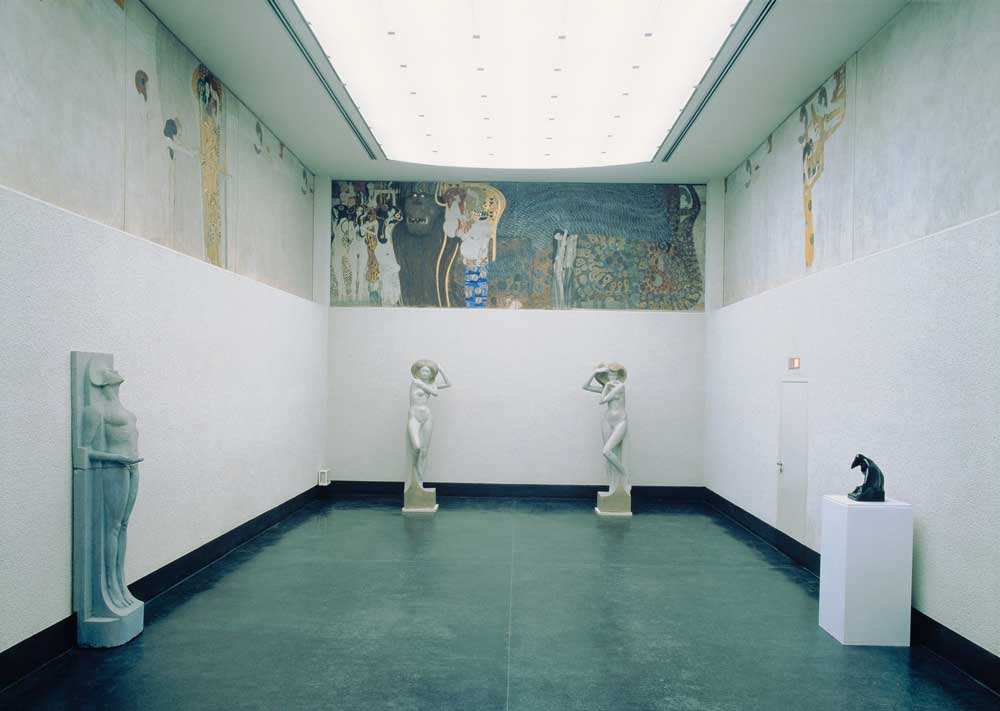
In the Secession Building in Vienna, together with a monumental polychrome sculpture by Max Klinger, this mural was completed in 1902. Klimt made it a celebration of the famous German composer Ludwig van Beethoven. Originally intended just for the 14th Vienna Secessionist exhibition, the frieze was painted directly onto the walls and is now on permanent exhibition today.
The frieze illustrates the desire for happiness in a suffering and uncontrolled world in which human beings struggle with external evil forces and internal weaknesses, as represented in the symphonic masterpieces of Beethoven. The viewer follows the journey of discovery in a spectacular visual and linear fashion. The frieze begins with a floating female Genii searching the Earth before introducing the sinister appearing storm-wind giant, Typhon, his three Gorgon daughters, and other images representing sickness, madness, death, lust, and debauchery, displayed above and to the right. Then a knight in shining armor appears, offering hope due to his ambition and sympathy for the suffering humans.
The journey concludes with the discovery of joy (as celebrated in Beethoven’s choral Symphony #9) by means of the arts, with serenity portrayed in the close embrace of a kiss. Thus, the frieze explores psychological human yearning, satisfied only through individual and collective searching and the beauty of the arts, coupled with love and companionship.
Климт. Знаковые работы.
Поцелуй
Поцелуй
Самая известная из всех картин Густава, основа движения Сецессиона и одна из самых прекрасных работ раннего периода творчества художника. Поцелуй изображает двух обнявшихся влюбленных в цветочном поле. Представленная в 1908 году картина взволновала искусствоведов, а галерея Бельведер (Вена) сразу же приобрела шедевр в свою коллекцию.
Портрет Адели Блох-Бауэр
«Портрет Адели Блох-Бауэр I», завершенный в 1907 году, является первым из двух портретов Адель, жены влиятельного промышленника. Последняя картина из так называемой серии «Золотого периода» должна была быть передана в дар галерее Бельведер после смерти Адели, но её муж не отдал шедевр. Во время нацистской оккупации Австрии, картина была конфискована. В конечном итоге в 2006 году портрет был куплен Рональдо Лаудером для Новой галлереи в Нью-Йорке за 135 миллионов долларов.
Девы
Написанная маслом на холсте, картина «Девы» изображает девушку, окруженную шестью обнаженными женщинами. Завершенная в 1913 году, работа имеет несколько различных интерпретаций, касающихся основной фигуры. В основном эксперты сходятся на том, что Климт изобразил процесс превращения в женщину юной девы, о чем свидетельствуют спирали на драпировке, символизирующие плодородие, и прикрытые ноги, указывающие на половую зрелость. Аллегорическую картину можно увидеть в Национальной галерее в Праге.
Даная
Даная — дочь мифического короля Акрисия Аргоса, пришедшего к дельфийскому оракулу. Оракул сказал правителю, что тот однажды будет убит своим ребенком. Чтобы обезопасить себя Акрисий заточает дочь в бронзовой камере, чтобы не дать ей возможности забеременеть. Однако девушку в виде золотого дождя посещает Зевс. Климт «захватил» именно этот момент, на что четко указывает золото между ног Данаи. Картина, завершенная в 1907 году, сегодня располагается в Вене.
Три возраста женщины
Завершенная в 1905 года картина «Три возраста женщины» (иногда называемая «Матерь и ребенок») изображает трех женщин на различных этапах жизни. Картина была представлена публике в 1910 году в Венеции. Два года спустя приобретена Национальной галереей современного искусства в Риме, где находится до сих пор.
Юдифь и голова Олоферна (Юдифь I)
Картина изображает библейскую вдову Юдифь, держащую отрубленную голову. Красивая женщина пришла в лагерь своих врагов, чтобы обольстить генерала и убить его, когда представится возможность. Картина, завершенная в 1901 сегодня находится в галерее Бельведер.
Портрет Фрицы Ридлер
Один из самых знаменитых портретов Климта ценен своим балансом между натурализмом и ощущением объемности
Геометрия кресла и стены дополняет композицию и акцентирует внимание на лице героини. Как и многие другие работы Густава (завершена в 1906 году) хранится в галерее Бельведер
Надежда II
Окрашенная в 1907–08 году, «Надежда 2» изображает беременную женщину с обнаженной грудью. Голова героини согнута к животу, возле которого расположен череп, как символ опасности для будущего ребенка. У её ног три женские молящиеся фигуры. Шедевр сегодня хранится в музее современного искусства (Нью-Йорк).
Бетховенский фриз
Серия работ на штукатурке, посвященная композитору Бетховену, по праву считается одной из самых известных и значимых произведений Густава.
Жизнь и смерть
Окрашенная в 1910 году, работа является аллегорией жизни и смерти. Смерть представлена в виде человеческого скелета в темной мантии, представляющая угрозу как для старых, так и для молодых. Общее впечатление от картины, однако, положительное. Смерть может прятаться за углом и без разбора забирать души, но она бессильно против бесконечного жизненного цикла. Шедевром можно полюбоваться в музее Леопольда (Вена).
Aesthetic Importance
In addition to its golden style and subject matter, The Kiss is celebrated for other details distinctive to the artist. These include the presence of contrasting patterns, a bright color scheme, and fine lines.
Intricate Patterns
Like many painters of the Vienna Secession—a movement formed by Austrian artists interested in breaking free from tradition—Klimt employed a highly decorative style in most of his works. This approach materialized mostly as patterns, which have a strong presence in The Kiss. From radiating rings and swirling spirals to rectangular blocks and concentric squares, the shapes, and forms featured in the painting showcase Klimt’s attention to detail.
Detail of “The Kiss”
Vivid Colors
Though he is predominantly renowned for his liberal use of gold, Klimt also often employed a radiant range of colors in his compositions. This is particularly apparent in the stylized flowers that adorn the scene. These floral embellishments are evident in the hair of the embracing subjects, as well as in the grass in which they’re kneeling. They are made up of an array of tones, including purple, white, blue, green, red, and orange, and add a touch of matte color to the nearly entirely reflective canvas.
Detail of “The Kiss”
Delicate Draughtsmanship
While many people recognize The Kiss for its bold pattern-work and shimmering paint, the fine lines that compose its figures are also characteristically Klimt. The artist’s skilled draughtsmanship is especially evident in his rendering of the female subject. Her soft face features intricate eyelashes and a delicately-defined nose, while simple lines compose her gently bent hands.
Detail of “The Kiss”
Even with such a striking ability to gracefully conceive figurative yet dreamy subject matter, Klimt was unsure of his talents’ true merit. “I can paint and draw,” he explained. “I believe this myself and a few other people say that they believe this too. But I’m not certain of whether it’s true.” Given the everlasting influence and enduring admiration of The Kiss, however, there’s little room for doubt.
Subject Matter
The Kiss depicts an embracing couple kneeling in a grassy patch of wildflowers. Clad in a geometrically-printed robe and with a crown of vines on his head, the man cradles the woman’s face as he leans in to kiss her. The female figure—whose colorful, organically patterned dress contrasts her partner’s garment—wears flowers in her hair. As she wraps her arms around her partner’s neck, her eyes are peacefully closed, emphasizing the tranquility and intimacy of the scene.
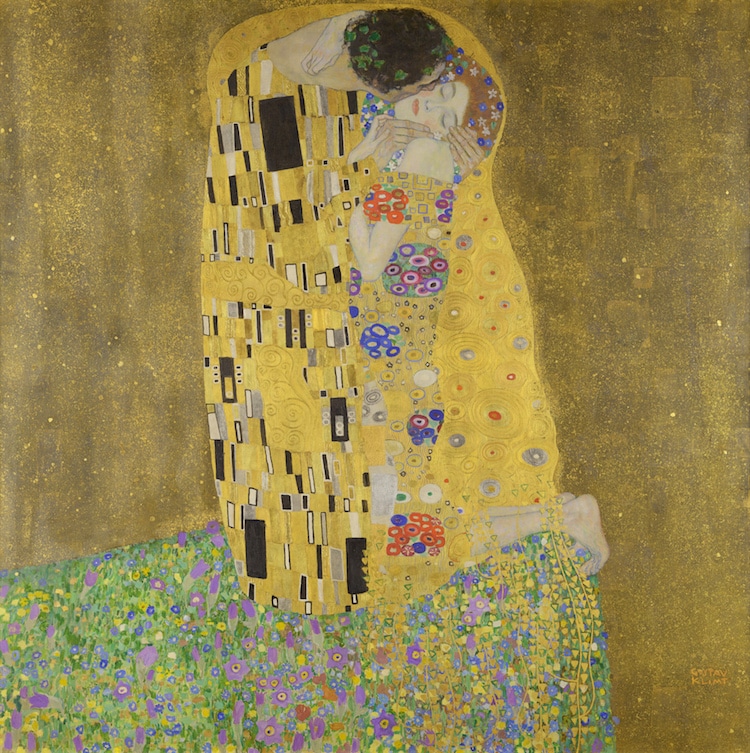
Gustav Klimt, “The Kiss,” oil and gold leaf on canvas, 1907–1908 (Photo: Belvedere via Wikimedia Commons, Public domain)
Klimt often explored this theme of love in his work. In The Tree of Life, a mosaic from his Stoclet Frieze series, two figures that bear striking resemblance to those featured in The Kiss—both compositionally and aesthetically—are shown in a similar intimate embrace.
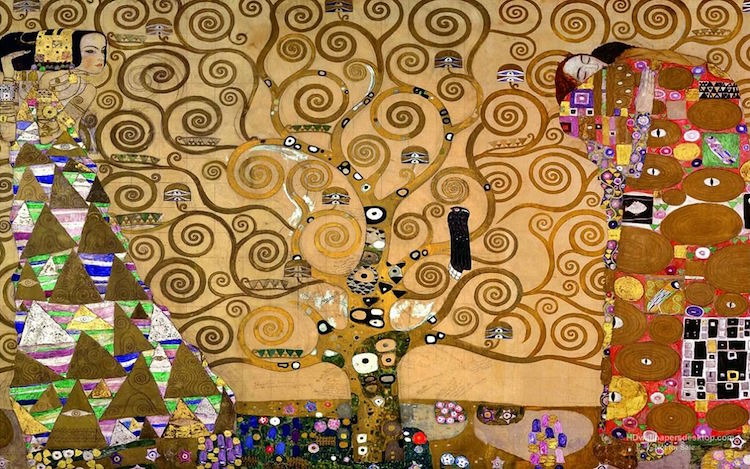
Gustav Klimt, “Tree of Life,” 1905–1909 (Photo: MAK – Museum of Applied Arts via Wikimedia Commons, Public domain)
This amorous focus is also evident in Love, an early piece painted in 1895. While, stylistically, this work has little in common with Klimt’s more well-known paintings, its romantic subject matter conveys his interest in exploring and capturing love.”Whoever wants to know something about me,” he said, “should look attentively at my pictures and there seek to recognize what I am and what I want.”
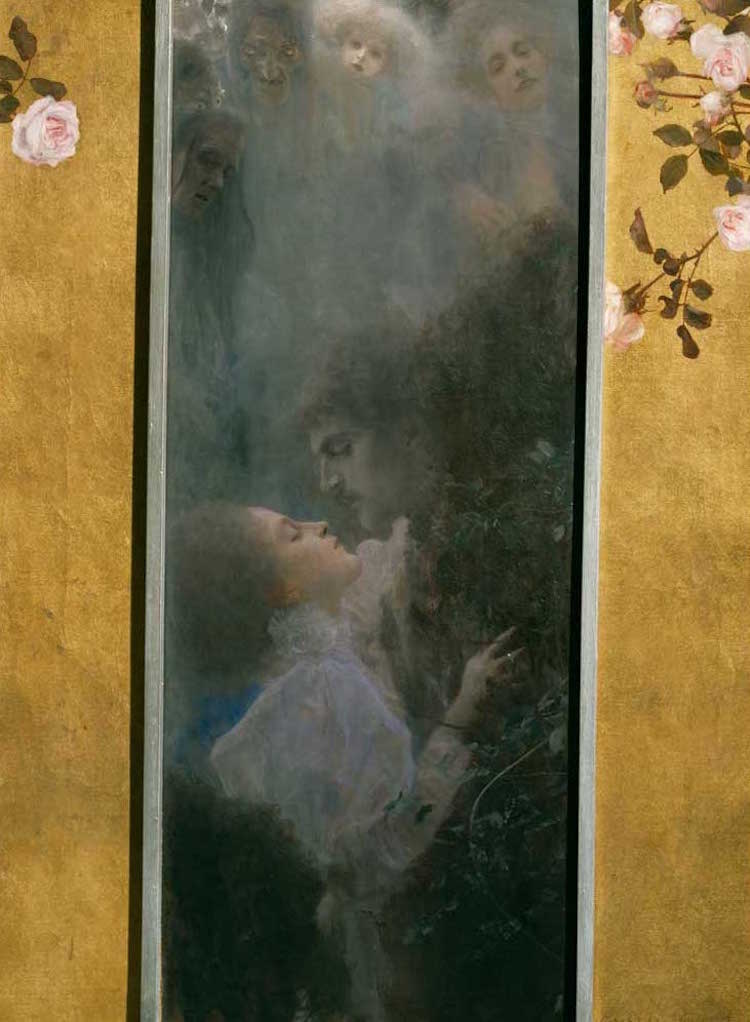
Gustav Klimt, “Love,” 1895 (Photo: Vienna Museum via Wikimedia Commons, Public domain)
As apparent in The Family, another gilded painting by Klimt, the artist’s tendency toward this iconography is not limited to romantic love. In this depiction, a sleeping mother and father hug their child. Like The Kiss, the scene offers a quiet glimpse into an intimate relationship.
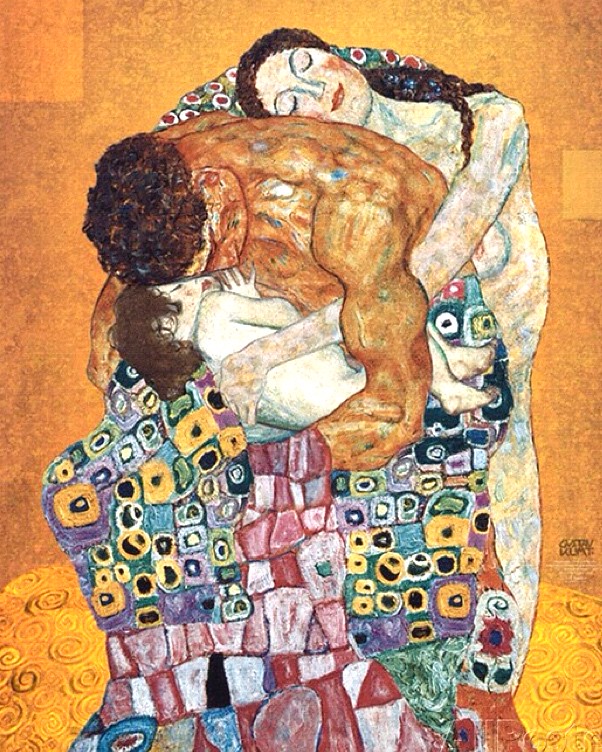
Последний творческий этап
С 1900 по 1916 год Климт пребывал в основном на вилле летнего курорта на озере Аттерзее в Верхней Австрии. Здесь написано большинство его многочисленных пейзажей. Часть из них, чтобы охватить больший ракурс, написана с очень дальнего расстояния. И Климт в этих случаях пользовался своим телескопом, разглядывая нюансы цвета и теней среди выбранных деталей ландшафта. Его пейзажи очень объемные, великолепно создают впечатление пространства и воздушной среды. В начале 1910 годов совсем исчезает золото и орнаментальные мотивы в его работах. Цвет становится главным инструментом художника для передачи идей и чувств.





























